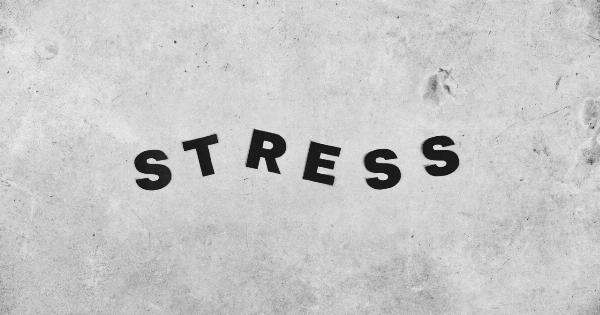Dysmenorrhea, commonly known as menstrual cramps, is a common indication of menstruation in women. The pain can be mild to severe and can affect a woman’s daily activities. The condition occurs due to the contraction of the uterus.
The contractions are necessary as it helps to expel the lining of the uterus, but excessive or prolonged contractions can cause pain and discomfort. In this article, we discuss the types, causes, symptoms, and ways to manage dysmenorrhea.
Types of Dysmenorrhea
There are two types of dysmenorrhea, primary and secondary.
Primary Dysmenorrhea
Primary dysmenorrhea typically begins within a year or two after the start of a girl’s menstrual cycle. The condition is characterized by painful menstrual cramps that occur in the lower abdomen, back, and thighs.
The pain usually starts a day or two before menstruation and may last from a few hours to a few days. The cause of primary dysmenorrhea is the production of prostaglandins. Prostaglandins are hormones that the body produces to help the uterus contract and shed its lining during menstruation.
Excessive production of prostaglandins causes severe menstrual cramps.
Secondary Dysmenorrhea
Secondary dysmenorrhea is the type of menstrual cramps that occur due to an underlying medical condition. The pain typically begins earlier in the menstrual cycle and may last longer than primary dysmenorrhea.
Conditions that cause secondary dysmenorrhea include:.
- Endometriosis: a condition where the tissue that lines the uterus grows outside the uterus.
- Uterine fibroids: non-cancerous growths in the uterus that can cause pain and discomfort.
- Adenomyosis: a condition where the tissue that lines the uterus grows into the uterus muscle.
- Pelvic inflammatory disease: an infection in the reproductive organs that can cause pain and discomfort.
- Cervical stenosis: the narrowing of the cervix, which can cause pain during menstruation.
Causes of Dysmenorrhea
As discussed earlier, the primary cause of dysmenorrhea is the production of prostaglandins. However, secondary dysmenorrhea can occur due to an underlying medical condition.
The production of prostaglandins is higher in some women than others, which may explain why some women experience more painful menstrual cramps than others.
Symptoms of Dysmenorrhea
The primary symptom of dysmenorrhea is menstrual cramps. The pain can range from mild to severe, and it usually begins a day or two before menstruation and may last up to a few days. Other symptoms include:.
- Lower abdominal pain
- Back pain
- Thigh pain
- Nausea
- Vomiting
- Diarrhea
- Headaches
- Dizziness
- Fainting
Ways to Manage Dysmenorrhea
There are several ways to manage dysmenorrhea, such as:.
1. Over-the-counter Pain Medications
Over-the-counter pain medications such as ibuprofen, naproxen, and aspirin can help to relieve menstrual cramps. These medications work by reducing the production of prostaglandins, which causes pain and inflammation in the uterus.
It is essential to take these medications as directed on the label.
2. Heat Therapy
Applying heat pads to the lower back or abdomen can help to relieve menstrual cramps. Heat therapy works by increasing blood flow to the affected area and relaxing the muscles. A warm bath or shower can also be beneficial.
3. Exercise
Exercise releases endorphins, natural painkillers that can help to relieve menstrual cramps. Exercise also increases blood circulation, which helps to reduce the production of prostaglandins.
Low-impact exercises such as yoga, walking, or swimming can be beneficial.
4. Dietary Changes
Changes to the diet can help to manage dysmenorrhea. Foods that are high in salt, caffeine, and sugar can worsen menstrual cramps. It is essential to consume a well-balanced diet with plenty of fruits, vegetables, and whole grains.
5. Relaxation Techniques
Stress can worsen menstrual cramps. Relaxation techniques such as deep breathing, meditation, or yoga can help to reduce stress and manage dysmenorrhea. Massage therapy can also be beneficial.
6. Hormonal Birth Control
Hormonal birth control can help reduce the production of prostaglandins, which causes menstrual cramps. Birth control pills, patches, or injections are available that can help to manage dysmenorrhea.
Conclusion
Dysmenorrhea can be a painful and uncomfortable condition, but several methods can help manage it.
Over-the-counter pain medications, heat therapy, exercise, dietary changes, relaxation techniques, and hormonal birth control can help to manage dysmenorrhea. If the pain persists or worsens, it is essential to seek medical attention to rule out an underlying medical condition.






























